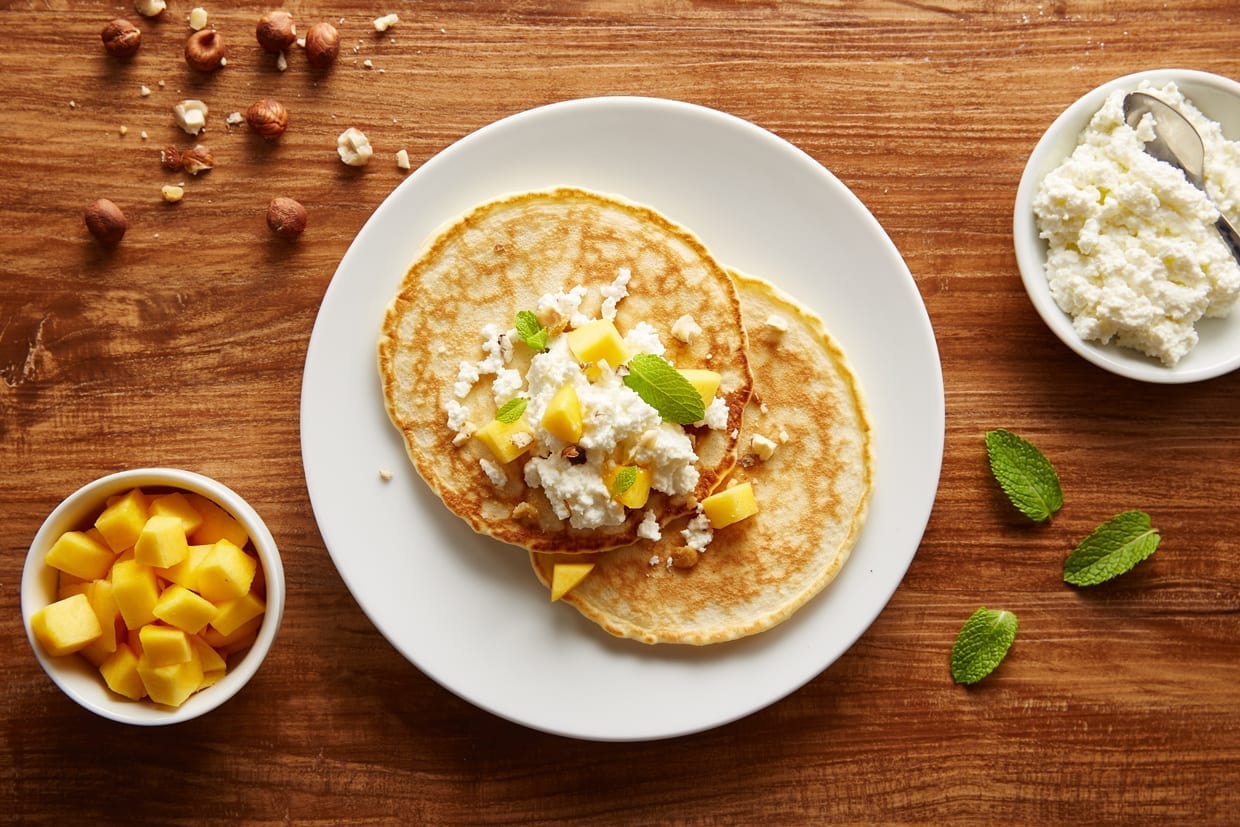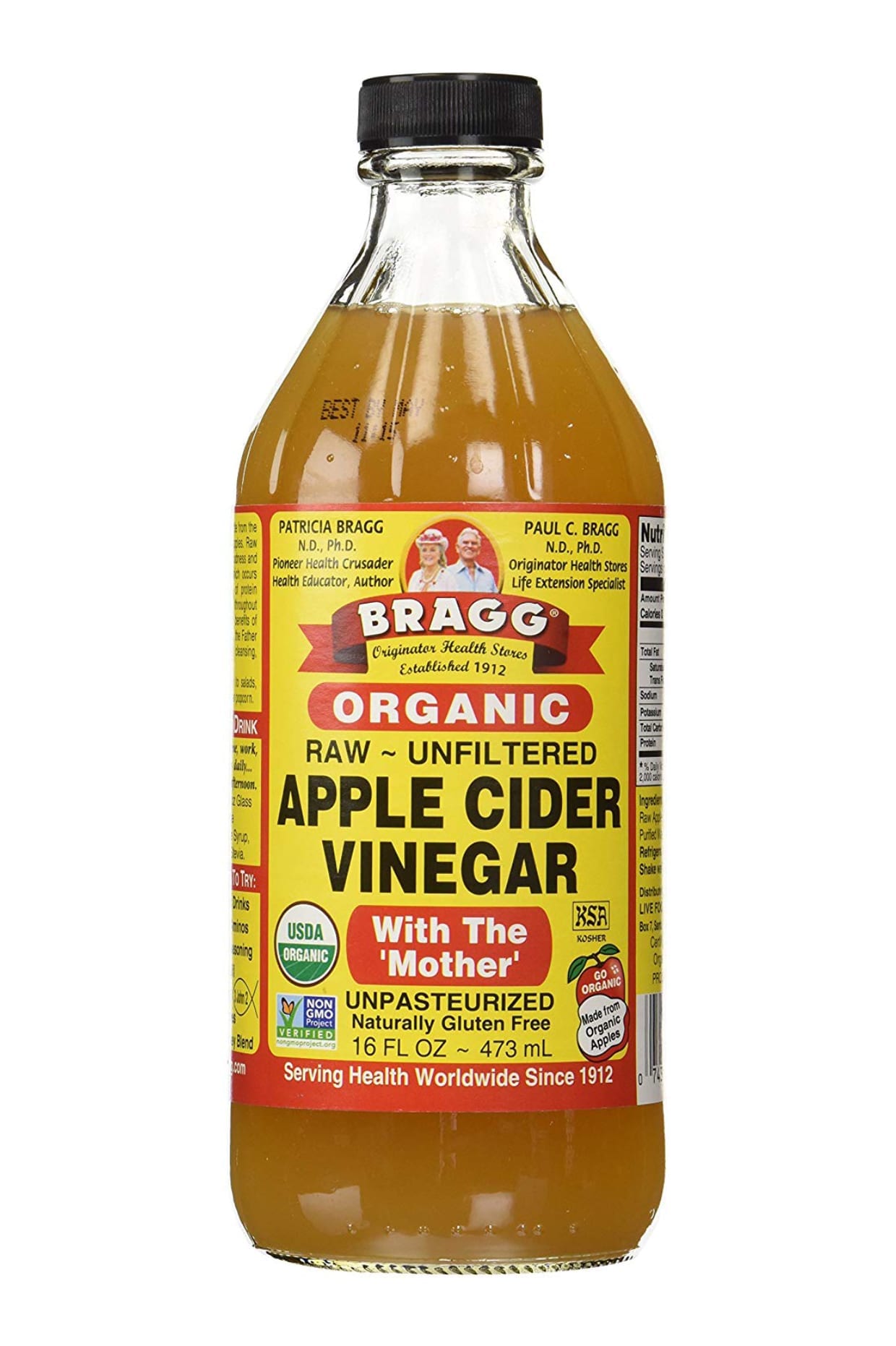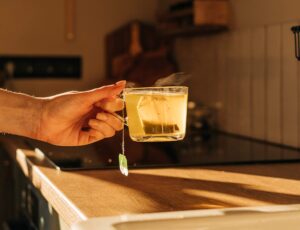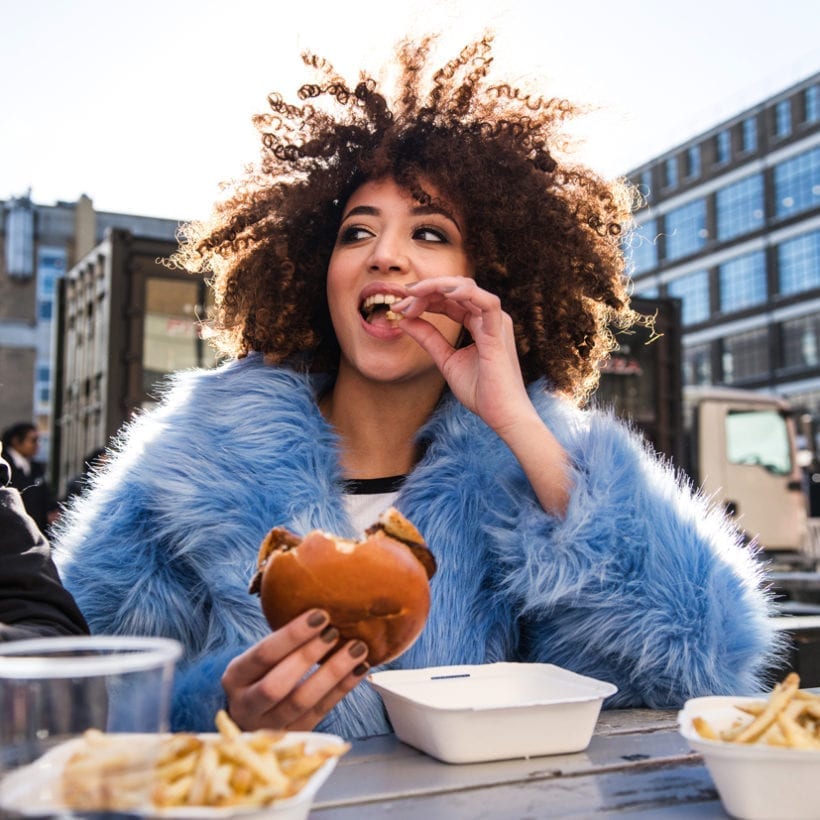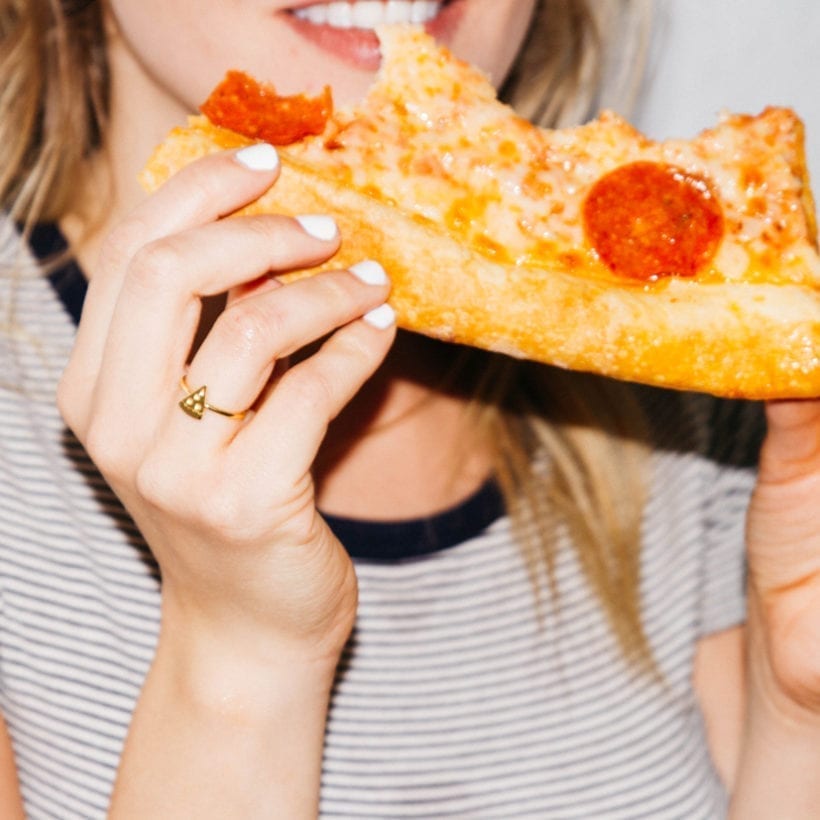Bacteria seems bad. After all, they can cause disease, which is why we are always trying to wash them off our hands and wipe them off our counters. But certain types of live bacteria called probiotics could actually benefit your body in ways scientists are still investigating.
“We’re just beginning to understand the relationship between the gut microbiome and its impact on human health, but the research is incredibly promising,” says Cynthia Sass, R.D., a performance nutritionist based in Los Angeles. “Having enough of the right types of bacteria has been shown to bolster immunity, improve mood, support better digestive health and reduce inflammation. The latter is key because unchecked inflammation plays a role in premature aging, cognitive decline, skin issues and joint pain.”
Trillions of bacteria already live in your body, but the ratio can be thrown off by stress, medical conditions, antibiotics and a diet high in sugar. Probiotics can help tip the balance in the right direction, with different strains having different effects. While probiotic supplements are an option, they are not closely regulated, so it is hard to know how effective they are. Plus, probiotic-rich foods tend to deliver a wider range of health benefits. These include yogurt, of course, as well as kimchi and kombucha.
But here are seven less well-known sources of good bacteria:
Sauerkraut: To make sauerkraut, cabbage is packed with salt, which metabolizes the naturally occurring sugar in the vegetable before the bad bacteria can grow on it and produces antibacterial lactic acid. (Translation: it encourages good bacteria to flourish while keeping the harmful kind at bay.) This process is called lacto-fermentation, and it is what gives sauerkraut its probiotic powers. But you have to read the label carefully. “Sauerkraut contains probiotics only if it hasn’t been pasteurized,” says Sass. Look for “live,” “raw” or “fermented” sauerkraut in the refrigerated case, then add it to fish tacos, breakfast burritos or a grain bowl.

Pickles: There are two ways to pickle cucumbers, carrots, radishes and any other crunchy vegetable. One is by submerging them in vinegar, which adds flavor and acts as a preservative. The other is by fermenting them in salt or salty water (like sauerkraut and kimchi, which are technically pickles). The easiest way to tell how a vegetable has been preserved is to read the ingredients list: If it doesn’t contain vinegar, the pickles have probably been fermented and therefore contain probiotics.
Kefir: Many grocery stores stock this tart beverage made from fermented cow’s milk, which has the consistency of drinkable yogurt. “But a lot of people don’t know that kefir can be plant-based too,” says Sass. You can find kefir that is made from coconut milk, almond milk or oat milk — and even coconut water or just plain water. Whichever kind of kefir you choose, try to steer clear of those with a lot of sugar, which actually feeds bad bacteria and can cancel out the drink’s healthful effects.
Olives: There are several ways to mellow out the flavor of olives, which taste bitter when eaten straight off the tree. They can be dry-cured in salt and packed in oil, which results in wrinkly olives that taste extra salty. They can also be treated with an alkaline solution called lye and then brined. Or they can be fermented — this is how brands including Alive & Well, Divina and Olive My Pickle preserve their olives — a process with probiotic-packed results.
Cottage cheese: Even Sass has a hard time telling which cheeses contain probiotics. “It’s a bit tricky because it depends on how the cheese is made,” she says. The longer a cheese is aged, for example, the fewer bacteria remain alive by the time you eat it. A good bet: A tangy-tasting cottage cheese that says “live probiotic cultures” or “live and active cultures” on the package. Good Culture and Nancy’s are two brands to try.
Miso: “Miso is worth incorporating into your diet, but it can’t be heat-treated or pasteurized,” says Sass. Translation: Search for it in the refrigerator case, and try to refrain from cooking with it (so no miso soup or miso-marinated salmon) if you want to keep its probiotic benefits intact. Consider using it in a miso-ginger dressing, tossing it with soba noodles that have been rinsed in cold water, or mixing it with butter and spreading it on corn on the cob.
Apple cider vinegar: It is not the cure-all some people claim it is. But apple cider vinegar can be probiotic if it hasn’t been pasteurized (are you sensing a theme here?). Unfiltered apple cider vinegar, which appears cloudy, is often but not always unpasteurized. You want to see the words “raw” or “unpasteurized” to be sure. Toss it with cabbage and apples to make a slaw, or mix it with iced herbal tea and sparkling water for a low-calorie fizzy drink.
Natto: Miso isn’t the only food made from fermented soy. There is also tempeh, but it is almost always pasteurized, and even if it is not, you will want to cook it before you eat it. An alternative: natto, a sticky, funky-tasting condiment made from fermented soybeans that are popular in Japan but haven’t quite caught on stateside — yet. Often available at your local health-food store or Asian market, it can be mixed with chives, mustard, and soy sauce and served over rice or added to an omelet.
We only recommend products we have independently researched, tested, and loved. If you purchase a product found through our links, Sunday Edit may earn an affiliate commission.
